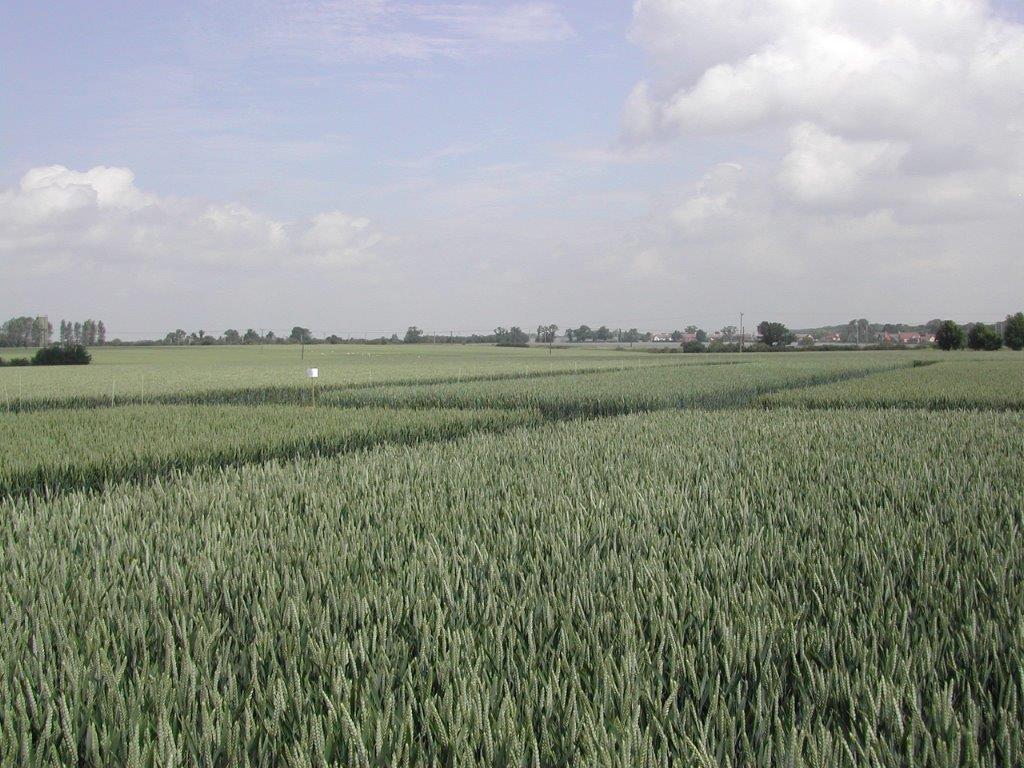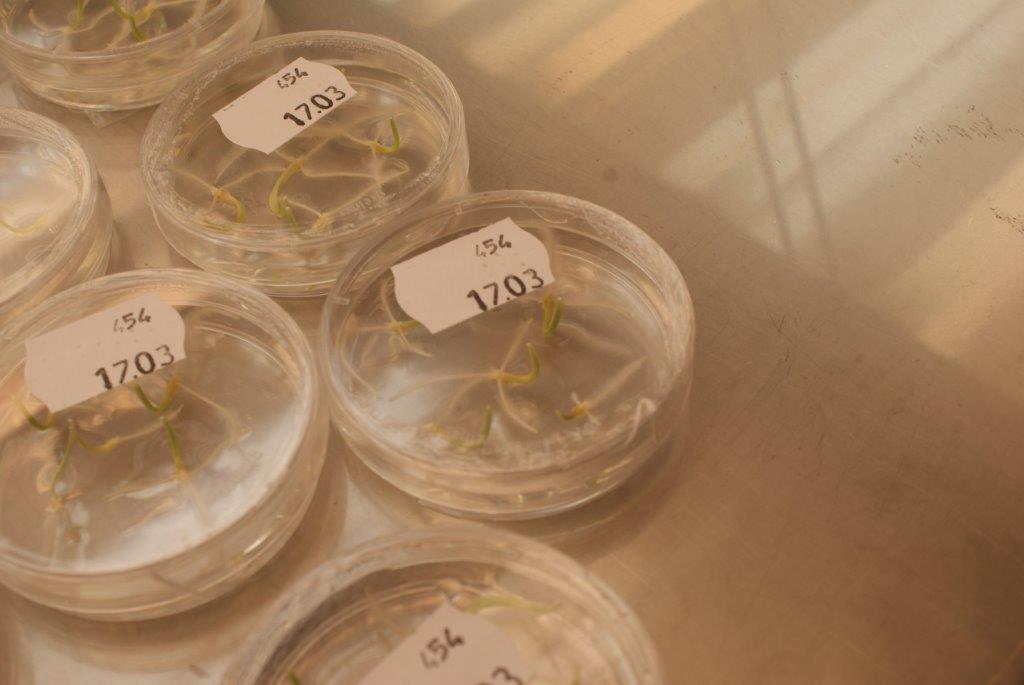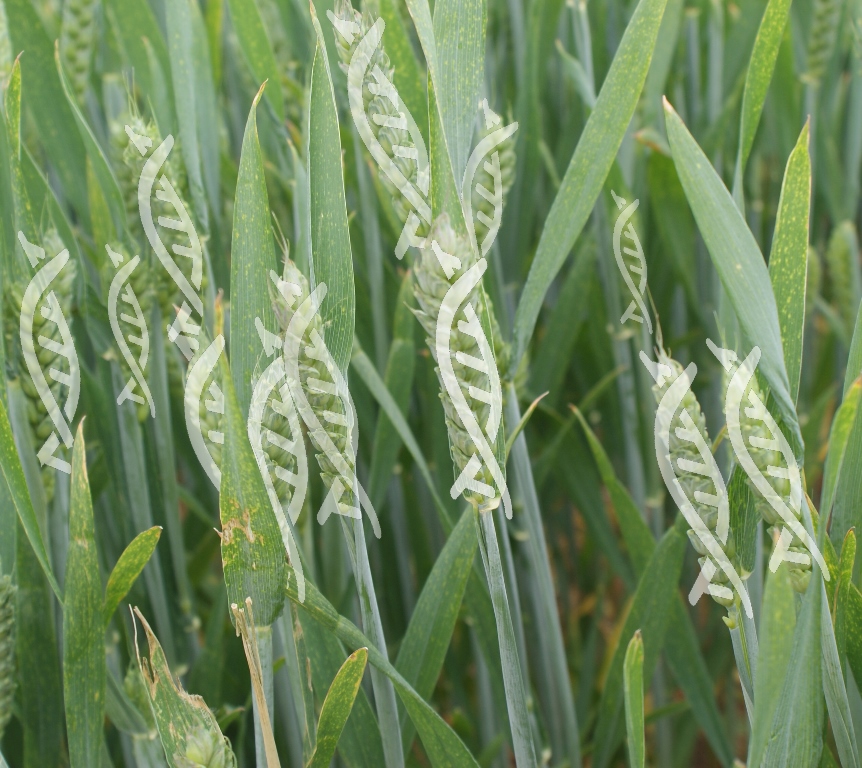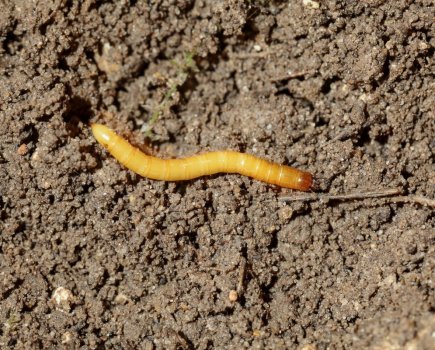Defra has responded to an EU court ruling that has classified gene-edited crops as GMOs, following condemnation of the move by scientists, farmers and even national newspapers. CPM reports.
By Tom Allen-Stevens
In a move that could spell the end to the research, field trials and cultivation of crops developed through new breeding technologies (NBTs) across Europe, the Court of Justice of the European Union (CJEU) has ruled that organisms obtained through mutagenesis are genetically modified.
Defra has told CPM it continues to take a science-based approach to regulation and that gene-edited organisms should not be regulated as GMOs. But it has confirmed that any field trials will come under GMO restrictions.
The CJEU delivered its ruling on 25 July. It had been asked to consider a case brought by a French agricultural union Confédération paysanne, along with eight other groups, against the French government. France’s Ministry of Agriculture had approved an application to allow the cultivation and marketing of herbicide-tolerant oilseed rape varieties bred using mutagenesis (see panel below).
The court ruled that organisms obtained by mutagenesis are GMOs and come under the GMO Directive, because it considered the method used to alter the genetic material would not occur naturally. The directive puts tight restrictions on how GMOs can be released in the environment, especially in field trials, to prevent unwanted cross-contamination and ultimately to protect human health and the environment.

Field trials of GE crops will come under GMO restrictions.
However, in what was considered an odd step to take, the CJEU ruling exempted older mutagenesis techniques, such as radiation that causes multiple random genetic mutations, on the basis that these had been conventionally used in a number of applications and “have a long safety record”.
The UK Government has always been supportive of the technology, providing funding for R&D and in particular, through BBSRC, for the first UK field trials of GE camelina underway at Rothamsted Research.
“Gene editing has the potential to improve our ability to breed crops and animals with beneficial traits, and thereby contribute to making food production more efficient and sustainable,” said farming minister George Eustice in March this year.
Anti-GM groups have been quick to act on the CJEU ruling. In a joint letter to secretary of state Michael Gove, GM Freeze and GeneWatch UK have claimed the Rothamsted trial is “unlawful” and should cease immediately. “Any future trials of genome-edited plants will require a full risk assessment and public consultation prior to the open release of such plants into the environment,” they demanded.
The Soil Association has also welcomed the ruling, saying traditional breeding methods are proven to be lower cost, faster and more effective than GM. “We’ve always been clear that these new plant-breeding techniques are GMOs and therefore are banned in organic farming and food,” said head of policy Emma Hockridge. “This position is shared within the organic sector at the European and international level, and by many scientists.
“The outcome of gene editing is to manipulate and alter the genome in a laboratory to make a new organism. This is the very definition of genetic engineering, and gene editing risks introducing similar uncertainties and unintended consequences as genetic modification of DNA,” she claimed.
In response to CPM’s request for a statement following the CJEU ruling, a Defra spokesperson said: “the Government has always been clear that we take a science-based approach to regulation and our top priority is safeguarding health and the environment.
“Our view remains that gene-edited organisms should not be regulated as GMOs if the changes to their DNA could have occurred naturally or through traditional breeding methods,” reads the statement.
However, their use in the UK will be bound by GMO regulations: “Following the CJEU ruling, if anyone wants to undertake a field trial of gene-edited plants they will now have to apply to Defra for the same consent as if they were to release a GMO.”
Scientists are among many who reacted with dismay at the CJEU ruling. “Every single plant on our planet is here because of mutations occurring during evolution,” said Prof Wendy Harwood from the crop transformation group at John Innes Centre. “Human society as we know it relies on the deliberate selection of mutations to improve food crops.”
Dr Nicola Patron, head of synthetic biology at the Earlham Institute, commented that the approach is not based on scientific evidence. “In most cases, it will not be possible to determine which technique was used to induce the mutation.”
Nick Talbot, professor of molecular genetics at the University of Exeter, said the CJEU was adopting the precautionary principle in a misguided and short-sighted way. “Europe is again being denied the opportunity to innovate and lead in the development of beneficial, environmentally friendly agriculture for the next century.”

Any application of mutagenesis would now be considered a GMO.
Prof Jonathan Jones, of the Sainsbury Laboratory, noted that although the ruling is framed purely around herbicide resistance, any application of mutagenesis would now be considered a GMO. “This excludes a host of benign and beneficial applications for disease resistance and stress tolerance that are without conceivable harmful side effects,” he said.
“Other jurisdictions, notably US and China, are moving rapidly to facilitate exploiting new editing methods for crop improvement, and one can anticipate that as a consequence of this ruling, investment in these technologies will depart the EU for more supportive countries.”
Dr Sarah Schmidt of the Heinrich-Heine-Universität, Düsseldorf, called the ruling a “deathblow” for plant biotech in Europe. “The costs of fulfilling regulatory science and administration to obtain approval for GMO crops are around $35 million. Only the largest agribusinesses can afford these costs. With today’s court ruling, universities, start-ups and non-for-profits that might produce innovative solutions to tackle world hunger and crop adaption to climate change are excluded from the breeding process.”
Penny Maplestone of the British Society of Plant Breeders said the ruling is very bad news for plant-breeding innovation in Europe. “Other parts of the world have already given a green light to plant-breeding innovation through exciting scientific developments like CRISPR-Cas9 and are forging ahead,” she pointed out.
This appears to be the case: US Department of Agriculture secretary Sonny Perdue pledged to re-double USDA efforts to free up global regulatory treatment of GE agricultural products, saying they have “strategic innovation and trade implications” for US agriculture.
“Government policies should encourage scientific innovation without creating unnecessary barriers or unjustifiably stigmatising new technologies. Unfortunately, the CJEU ruling is a setback in this regard in that it narrowly considers newer genome-editing methods to be within the scope of the European Union’s regressive and outdated regulations governing genetically modified organisms,” he said.
Unusually, the UK’s national media has joined the chorus of condemnation. The Observer’s editorial blasted the decision as one that restricts highly targeted plant breeding but allows random changes caused by “carcinogenic chemicals”. “Europe has saddled itself with an intellectually vacuous decision that will hobble its agricultural output for decades.”
In The Times, Matt Ridley wrote: “By saying that genome-edited crops must be treated to expensive and uncertain regulation, [the CJEU] has pandered to the views of a handful of misguided extremists, who no longer have popular support in this country.”
An article on Wired.com noted the impact the ruling may have on third world countries. Nigel Taylor, of the Donald Danforth Plant Science Centre in St. Louis, runs cassava breeding projects in Kenya and Uganda and is using CRISPR to eliminate genes that cause the cassava brown streak disease, which can wipe out entire fields of the staple plant.
But the ruling could stall his work. “There are hundreds of millions of small farmers who could have gained from that technology and that is now less likely,” he’s quoted as saying.
CPM has now published a full report on gene-edited crops. This includes the latest from GE trials at Rothamsted and on GE lines being developed at John Innes Centre.
What does it all mean?
When the genome of an organism is altered, this is known as an ‘event’. But there are now a number of different ways this can occur.
Mutagenesis – this is where the DNA of an organism is altered or edited, either naturally or induced, resulting in a mutation. Sometimes this happens in nature, particularly if plants come under extreme stress. Random mutations can occur through exposing a plant to bursts of radiation, and this can result in useful traits. Examples of this include the Clearfield herbicide-tolerant trait in OSR varieties and certain traits in barley. More recently, researchers have developed techniques that allow DNA sequences to be cut at specifically locations on the genome, known commonly as gene-editing (GE). Importantly, no foreign DNA is left in the final target organism, so it’s a cross that could have occurred naturally.
Transgenesis – this is where DNA from another species is successfully transferred into a target organism in order to confer a new trait. This is known as genetic modification, and results in GM organisms (GMOs). Examples are the herbicide-tolerant maize, soybean and OSR varieties and insect-tolerant maize and cotton grown commonly throughout the world (although just one insect-tolerant maize is grown in Europe). Trait-stacking is where two or more events exist in the same GMO. As transgenesis involves DNA transfer between species, it’s unlikely to occur naturally and such events are subject to the GMO Directive in the EU.
CRISPR-Cas9 – this recently developed mutagenesis system can be programmed to target specific stretches of genetic code and edit DNA at precise locations. CRISPRs (Clustered Regularly Interspaced Short Palindromic Repeats) are the hallmark of a bacterial defence system, refined by researchers. This is the guide of the system –short RNA sequences that recognise a specific stretch of genetic code. Cas9 (CRISPR-associated) enzymes partner these sequences and cut the host DNA at specific locations. The cell tries to repair the damage, and that’s when the mutation occurs. By using different enzymes and techniques, researchers can deactivate or alter – edit – specific parts of the genome, conferring traits, such as disease resistance, protein content, or grain size.




